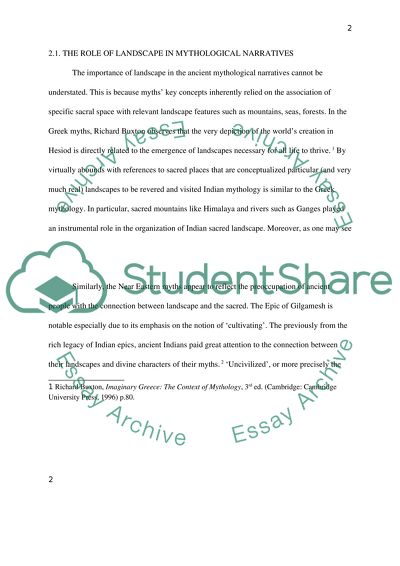Written Landscapes PowerPoint Presentation Example | Topics and Well Written Essays - 250 words. Retrieved from https://studentshare.org/architecture/1614156-written-landscapes
Written Landscapes PowerPoint Presentation Example | Topics and Well Written Essays - 250 Words. https://studentshare.org/architecture/1614156-written-landscapes.


